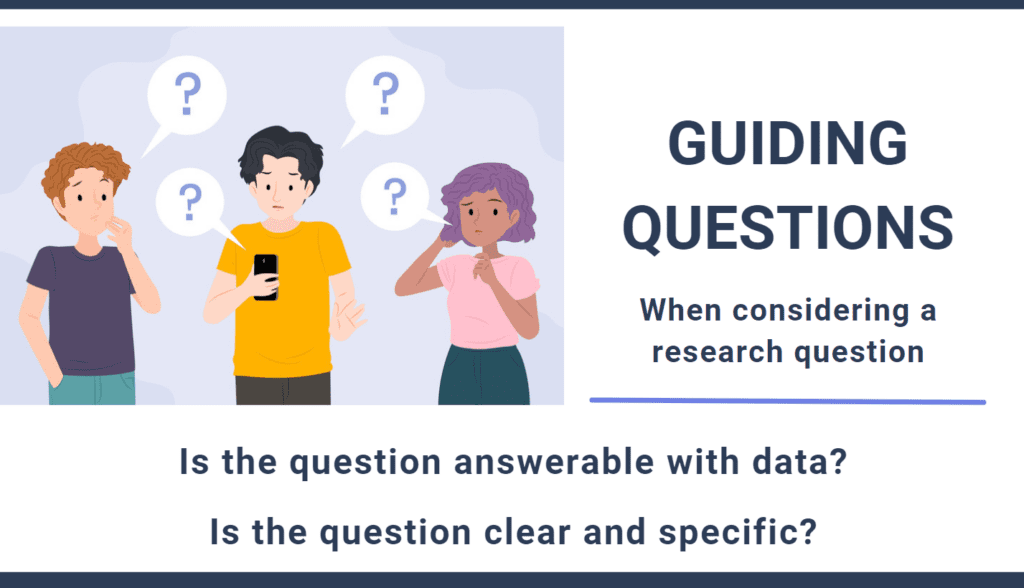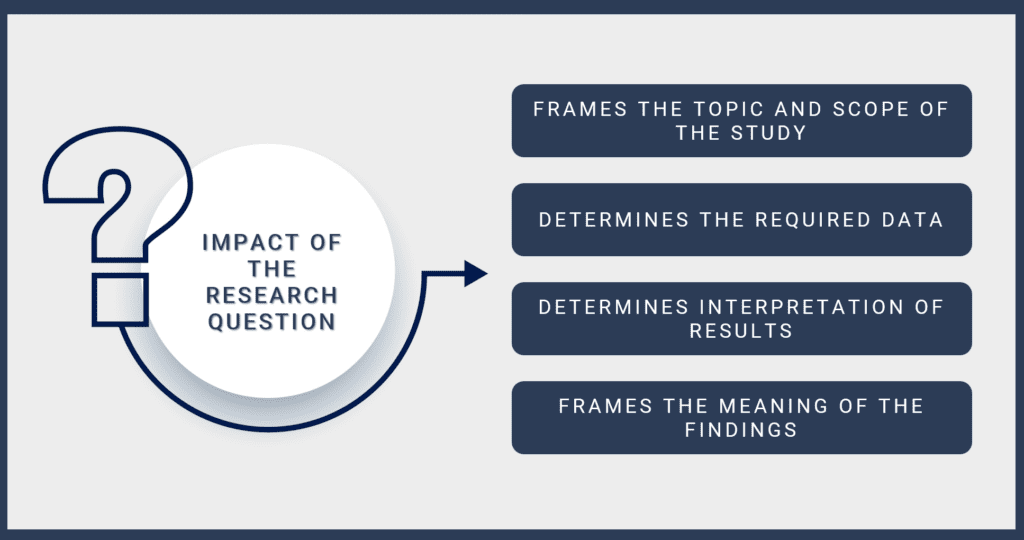Everyday questions, like ‘Is it just a coincidence that every time you’re running late, the traffic seems to be worst?’ are more powerful than you might think. In fact, they are the starting point of a fascinating journey of discovery and understanding—the Statistical Investigative Process. 🕵️♂️📊
Our world is full of unanswered questions, and we, whether knowingly or not, are always seeking answers. From guessing the outcome of your favorite TV series 📺 to predicting the winner of the school’s annual sports day 🏆, we’re all amateur statisticians.
So, let’s harness this innate curiosity and learn about the Power of Questions in the Statistical Investigative Process. Let’s dive into how simple queries can trigger a cascade of data collection, analysis, interpretation, and ultimately, incredible insights. Are you ready to unlock the secret power of questions? Because I assure you, after today, you’ll see those everyday questions in a brand new light!
What to Consider in a Research Question

When thinking about a research question, make sure it satisfies the following:
- Answerable with data. Your question must be answerable with measurable data. A research question should be answerable with data because researchers need to use evidence to find the answers. Data is like information that is collected and measured. By having research questions that can be answered with data, scientists can study things in a fair and objective way.
- For example, I might be interested in whether extracurricular activities (sports, reading, bowling, etc.) are an indication of students enjoying school more. While the school would have records of participation in school activities, there is no readily available measure of “enjoying school.” In order to collect this data, we might develop a survey to gauge student’s feelings about school.
- Clear and specific. A good research question will be clear about what is being studied.
- For example, we are examining the impact that participating in extracurricular activities has on a students’ self-reporting satisfaction with school. Notice how we changed our initial question from a somewhat vague idea of enjoying school, to a specific question about the possible link between activities and students’ reporting satisfaction with school. Remember, it’s crucial that our questions are clear, specific, and can be answered with the data we collect.
Understanding the Impact of Your Question

It is important to understand how the research question impacts all of the steps of a statistical investigation. The research question does the following:
- Frames the topic and scope of the investigation
- Helps us know what we are searching for.
- Sets the boundaries for our investigation and tells us what data we need.
- Reframing the question answers a potentially related but different question.
- Determines the data you will collect
- Focuses data collection on data that is directly connected to what you are trying to find out.
- Helps you choose the best method for collecting the data you need.
- Help you decide who to ask or observe.
- Determines the interpretation of statistical results
- Guide how we interpret our results. In our example, we will compare two groups: those who participate in after-school activities and those who do not. The two different framings would mean different metrics and interpretations. In the survey framing, we would be looking at satisfaction levels and seeing if one group is higher than the other. In the school attendance example, we would be examining average days missed to see if one group had a lower rate of missing school.
- Frames how results can be interpreted and what they mean
- You look at results in relation to your research question.
- Provides context for understanding the meaning behind the results.
- Helps you see if your predictions were right or if there’s something unexpected that you need to think about.
Case Study – School Lunch Programs and Student Performance
Sasha, a keen high school student, often found herself in deep thought in the school’s bustling cafeteria. One day, a curious thought crossed her mind – “Does the availability of school-provided lunches impact student performance on standardized tests?” Intrigued by this question, she decided to turn it into a research question and apply the Statistical Investigative Process.
Sasha was aware of the importance of crafting an answerable research question. She knew the question needed to be clear, specific, and most importantly, it should be answerable with the data available to her. She decided to refine her original question, focusing it on her high school, and framed it as: “Does the consumption of school-provided lunches at my high school correlate with student performance on end-of-year standardized tests?”
By making the question more specific, Sasha had created a solid starting point for her investigation. This question was directly related to her high school context; it was clear, and it would lead to quantifiable results that she could analyze using statistical methods.
It was also a feasible question to investigate. She knew she could get the data about who ate school-provided lunches from the school’s cafeteria records, and she could get the test scores from the school’s academic records.
By ensuring that her question was answerable, Sasha was setting herself up for a successful investigation. As she embarked on her research, she was confident that the power of her question would guide her investigation and potentially yield interesting insights. This is the power of crafting an answerable research question in the Statistical Investigative Process.